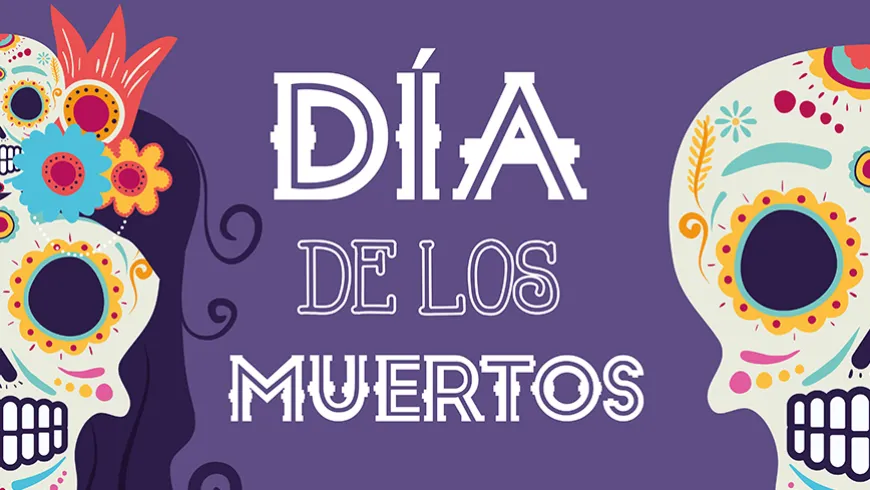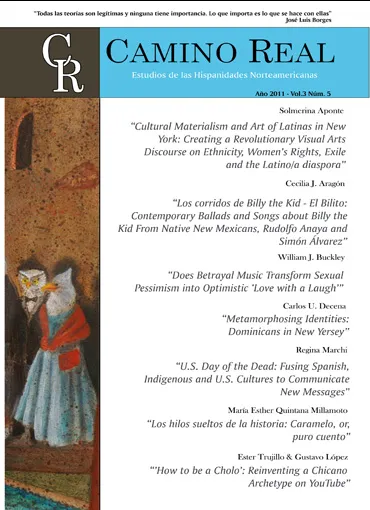
The largest Hispanic celebration in the U.S., El Día de los Muertos has both Spanish and Indigenous American roots. Largely unknown in the US prior to the 1970s, it was adopted by Mexican American artists as an emblematic symbol of the Chicano Movement. It is now part of the educational curricula of many U.S. schools and universities and is one of the most popular annual exhibits in art galleries and museums. Receiving prominent media coverage because of its colorful rituals, the celebration in its new socio-political context honors the growing demographic of Latinos in the U.S. and encourages moral reflection on issues of political importance. Many Day of the Dead activities honor popular Latino icons (i.e. artist Frida Kahlo, labor union organizer César Chávez, salsa star Celia Cruz) and a significant number draw attention to sociopolitical causes of death affecting the Latino community (i.e. gang violence, war, labor exploitation). Through public altars, art installations, street processions and vigils commemorating the dead, participants contest the privatization of sadness and frustration experienced by sectors of U.S. society disproportionately affected by an unnecessary loss of life. At the same time, the celebration is a unique medium for teaching about Latino identities and histories.


